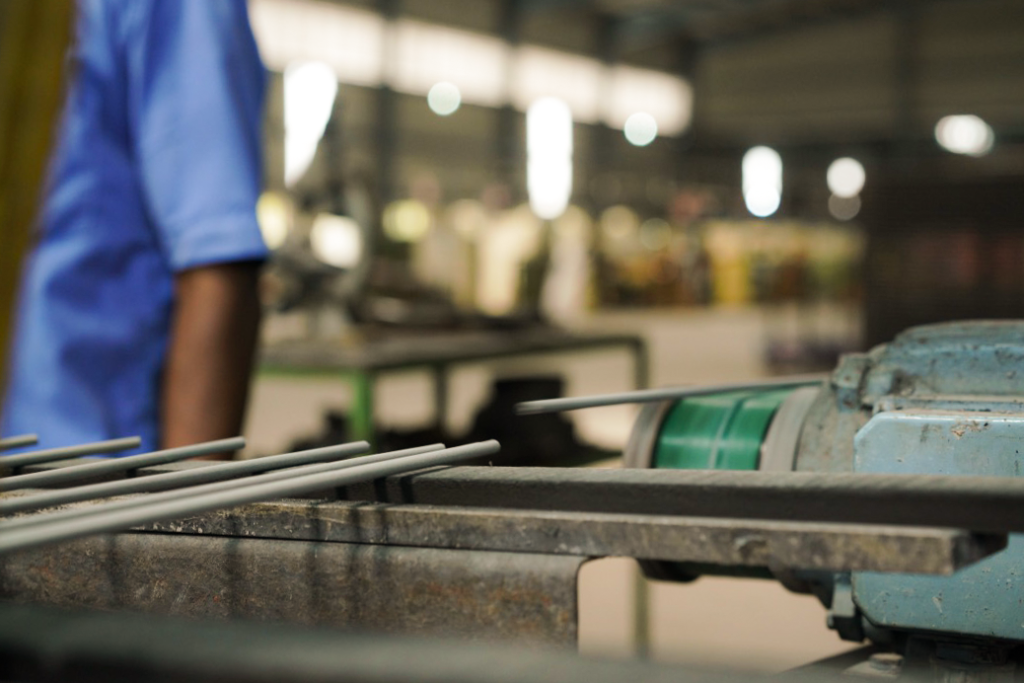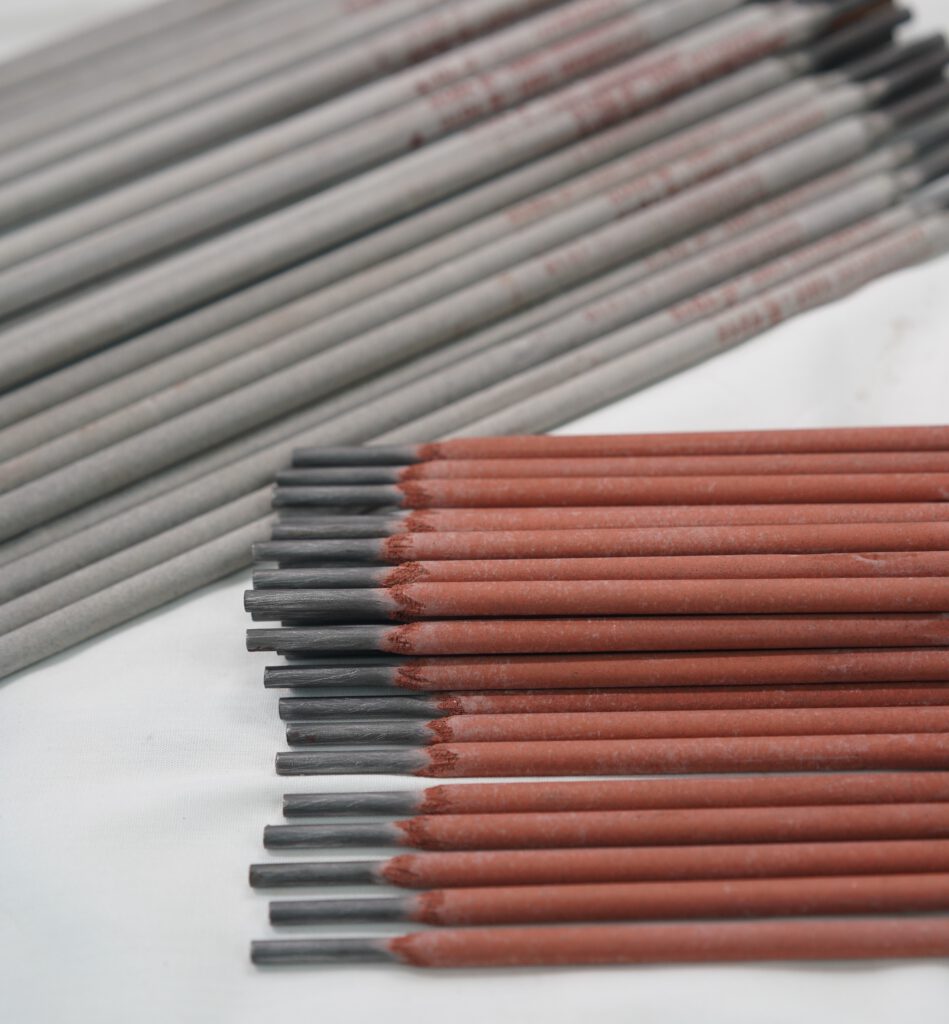
Welding is a process of joining two or more pieces of metal by welding them together. This is often done using an arc welder, which uses an electric current to heat the metal to a high enough temperature to be welded.
The main types of welding rods are MIG (magnesium-inert gas) and TIG (tungsten-inert gas) welding rods, and each has its advantages and disadvantages. In this article, we’ll outline the different types of welding rods, their uses, and essential tips for using them.
Arc welding is a type of welding used to join metal pieces together. The welding rod is a long, thin piece of metal that is heated and then used to weld two pieces together. Arc welding is a very efficient way of joining metals because it uses much less energy than other types of welding.
There are two main types of arc welding: gas tungsten arc welding (GTAW) and shielded metal arc welding (SMAW). GTAW is used to join larger pieces of metal, while SMAW is used to join smaller pieces. There are also several other types of arc welding, but these are the two most common.
There are a few essential things to keep in mind when using arc welders:
Arc welding rods come in various types, each with its unique uses. Here’s a breakdown of the most common types:
Tungsten: Tungsten is the most popular type of arc welding rod because it’s durable and produces consistent heat. It’s also the most expensive.
Copper: Copper is a good option if you need a rod lighter than tungsten but still produces a strong weld. It’s also less expensive than tungsten.
Aluminum: Aluminum is often used in construction because it’s lightweight and doesn’t corrode. It’s not as durable as tungsten or copper, so be careful when using it.
Stainless steel: Stainless steel is a good choice if you want a durable and affordable rod. It doesn’t produce as much heat as other types of rods, so be careful when using it in high-pressure applications.

Arc welding rods come in various shapes and sizes and can be used for multiple purposes. Here are some of the most common uses for welding rods:
Get Ready to Master Arc Welding Rods! Unlock the Benefits of Arc Welding Rods Today and Shop Our Selection Now!
Arc welding rods are essential when it comes to welding. They have several benefits that make them an excellent choice for many weld jobs. Here are some of the most important:
There are many great reasons to use arc welding rods, and they make an excellent choice for many weld jobs. If you’re looking for a reliable option with many benefits, arc welding rods are definitely worth considering.

Arc welding is a versatile welding process used to weld various metal materials. It is a slow process, so it is essential to take the time to prepare your weld joint properly.
The time it takes to weld a given length will vary depending on the type of material being welded and the welder’s skill.
Welding rods come in various resistances, but what is the best one for your welding project?
There are a few factors to consider when choosing a welding rod resistance: the material you’re welding, the size of the weld bead you want, and your skill level.
The standard welder settings will produce an acceptable weld with most welding rods if you use a Tig welder for metalworking. However, if you’re using a MIG welder or TIG welder with higher settings, you may need to upgrade to a stronger rod. The main factor affecting weld strength is arc voltage (amp), wire feed rate (mph), and Dwell time (seconds).
Generally speaking, the higher the setting, the stronger the weld. However, there are some exceptions.
For example, if you’re using a standard household lightbulb as an electrode, you can probably use a lower-voltage welding rod without too many problems. Remember that the less voltage there is on the electrode, the less heat is generated and the thinner the fillet will be.
Arc Welding Rods are a type of welding rod that use a continuous electric arc to join two pieces of metal. They are famous for welding small pieces of metal together quickly and easily. Gas Welding or Laser Beam Welding uses an invisible energy beam to weld two pieces of metal together.
The main difference between Arc Welding Rods and Gas Welding or Laser Beam Welding is that Arc Welding Rods use an electric arc to join the metals, while Gas Welding and Laser Beam Welding use an invisible beam of energy.
Arc Welding Rods are also smaller and easier to use than Gas Welding or Laser Beam Welding, making them a good choice for welding small pieces of metal together.

The most common type of arc welding rod is made from tungsten. It has a high melting point, so it can be used to weld metals that have a high melting point, such as steel. Tungsten is also relatively easy to work with, so it is ideal for beginners.
Another type of arc welding rod is made from vanadium. Vanadium has a higher melting point than tungsten so it can be used to weld metals with a lower melting point, such as copper. Vanadium is also less oxidized than tungsten, which makes it ideal for joining rust-prone metals.
Other arc welding rods include molybdenum, niobium, and titanium. Each of these materials has unique properties that make it well-suited for specific purposes.
As a welder, you know that having the right arc welding rod is essential for a successful project. In this article, we mentioned different types of welding rods, their uses, and some crucial tips to keep in mind when shopping for an arc welding rod.
By reading this article, you will have everything you need to make an informed decision when selecting the perfect welding rod for your next project. Thanks for reading!